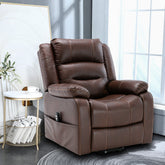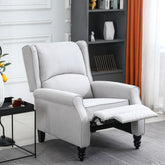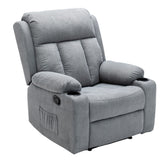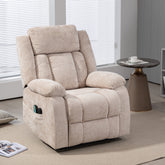From Drab to Fab: How African Coffee Tables Can Revolutionize Your Room Makeover
The Resurgence of Traditional Coffee Tables: A Homeowner's Game Changer
Why Traditional Design is Making a Comeback
Traditional coffee tables are gaining popularity in modern homes. They bring warmth and character to living spaces. These tables offer more than just a place for drinks and books. They add a sense of history to rooms. Many homeowners love their timeless appeal. Traditional tables often have intricate designs and quality materials. This attention to detail is missing in many mass-produced items. People value the story behind each piece. Some tables are family heirlooms, others are unique finds. They create a link to the past in our fast-paced world. Traditional designs are also versatile. They can fit with many decor styles, from classic to modern. This makes them a good choice as tastes change over time. They add depth and interest to any room.

How Traditional Coffee Tables Enhance South African Living Rooms
In South African homes, traditional coffee tables play a special role. They show off the country's rich culture. Many tables use local woods like yellowwood or stinkwood. These materials connect the furniture to the land. South African craftsmen often add unique touches. You might see detailed carvings or beadwork on these tables. These features tell stories of local traditions. Traditional tables become talking points in homes. They invite guests to learn about South African heritage. In open-plan houses, these tables help define living areas. They create cozy spots for family and friends to gather. The solid look of these tables grounds airy South African rooms. They fit well with the indoor-outdoor lifestyle many South Africans enjoy. Traditional tables look great with natural items like plants and baskets.
Transformative Living Room Makeovers with Traditional Coffee Tables
Before and After: Living Room Revelations
Adding a traditional coffee table can change a living room completely. Picture a modern room with simple, sleek furniture. Now, add a carved wooden table with elegant legs. The room instantly feels warmer and more inviting. Or think of a messy space with mismatched items. Bring in a large, traditional table with storage. Suddenly, the room has a clear center and better order. Before, a living room might feel cold or plain. After adding a traditional table, it becomes a cozy place for family time. These tables can also mix different design styles. They make modern rooms softer or add class to casual spaces. The change is often more than just looks. Families find themselves spending more time around these sturdy tables. They become the heart of the room, where people chat, play games, and make memories.

Expert Tips for Choosing the Right Traditional Coffee Table
When picking a traditional coffee table, think about your room size first. A big table can make a small room feel cramped. A tiny table might look odd in a large space. Consider what you'll use the table for. Do you need storage or just a place to put things? Look for tables with drawers if you want to hide clutter. Check how high the table is compared to your seats. It should be easy to reach while sitting down. Think about the table's shape too. Round tables work well in tight spots or with corner sofas. Long tables suit bigger rooms or larger seating areas. Choose materials that go with your other furniture. Wood colors should match your existing pieces. If you have kids, pick a strong table with smooth edges. Don't be scared to mix styles. A traditional table can add charm to modern rooms.
From Tradition to Trend: South African Coffee Tables in the Global Market
Blending Traditional Craftsmanship with Modern Aesthetics
South African designers are giving traditional coffee tables a modern twist. They mix old skills with new ideas. For example, a table might have old-style carving with shiny metal legs. Some makers use local materials in new ways. They might combine wood with colorful resin patterns. Others update classic shapes with bold, new finishes. These mixed-style pieces appeal to many buyers. They offer the warmth of tradition with a fresh, current look. Many designers focus on being eco-friendly. They use recycled wood or green materials. This approach attracts people who care about the environment. The blend of old and new creates unique, eye-catching pieces. These tables tell a story of how South African design is changing. They show how the country honors its past while looking to the future.

Why South African Traditional Coffee Tables Stand Out Internationally
South African coffee tables are becoming popular worldwide for several reasons. First, they offer real craftsmanship in a world of mass-made goods. Each piece shows the skill of its maker. This personal touch is valued by global buyers. Second, these tables often use special materials. Woods like African blackwood are rare and beautiful. The use of local stones or metals adds to their unique appeal. South African designs also stand out for their stories. Many tables include parts of tribal art or historical patterns. This cultural background fascinates international customers. Also, South African tables are known for being strong. They're made to last in different climates and with daily use. This quality is a big selling point. Lastly, these tables show a growing interest in African design. They offer a fresh look in the global furniture market. As more people want to add variety to their homes, South African pieces fit perfectly.








Leave a comment
All blog comments are checked prior to publishing